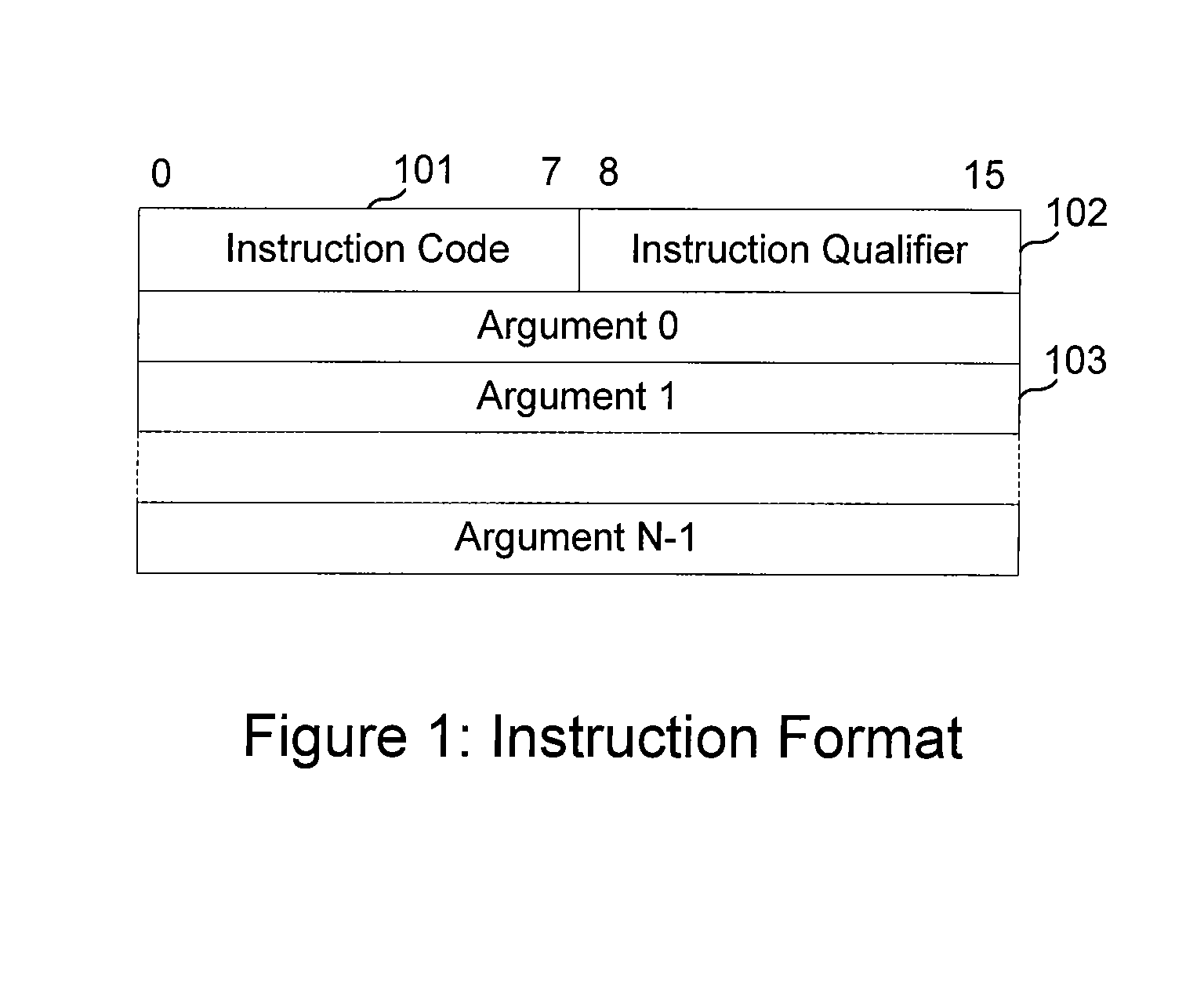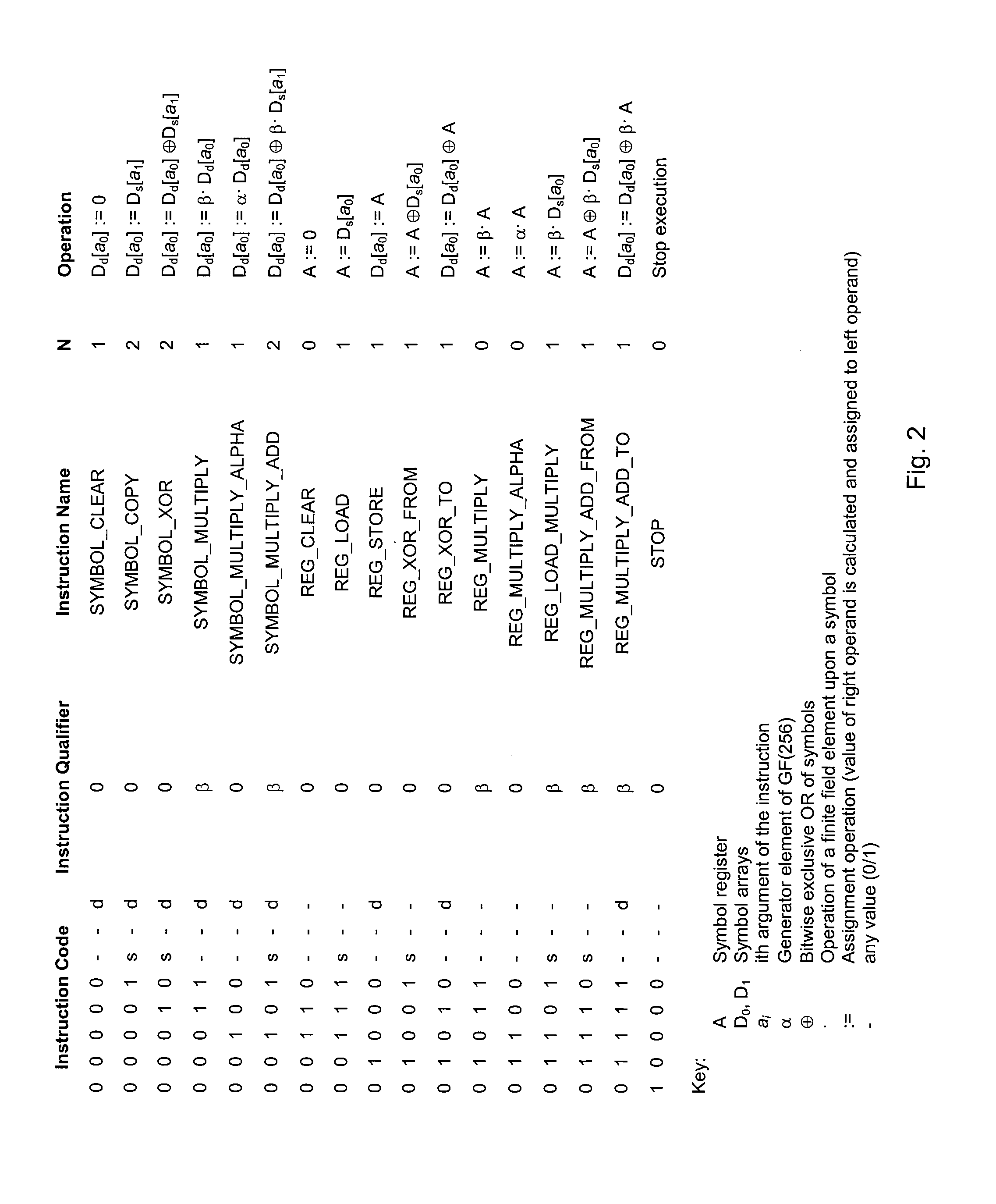Efficient Encoding and Decoding Methods for Representing Schedules and Processing Forward Error Correction Codes
a forward error correction and encoding technology, applied in the field of encoding and decoding data in communications systems, can solve problems such as loss of data, data transmission becomes more difficult, transmitter and/or receiver limited capacity, etc., to improve the encoding and decoding efficiency of codes, reduce computational complexity, and reduce computational complexity
- Summary
- Abstract
- Description
- Claims
- Application Information
AI Technical Summary
Benefits of technology
Problems solved by technology
Method used
Image
Examples
example hardware
Elements
[0129]FIG. 6 is a block diagram of a communications system 100 that can be used with the present invention. In communications system 100, an input file 101, or an input stream 105, is provided to an input symbol generator 110. Input symbol generator 110 generates a sequence of one or more input symbols (IS(0), IS(1), IS(2), . . . ) from the input file or stream, with each input symbol having a value and a position (denoted in FIG. 6 as a parenthesized integer). The possible values for input symbols (source symbols), i.e., its alphabet, is typically an alphabet of 2M symbols, so that each input symbol codes for M bits of the input file. The value of M is generally determined by the use of communication system 100, but a general purpose system might include a symbol size input for input symbol generator 110 so that M can be varied from use to use.
[0130] The output of input symbol generator 110 is provided to an encoder 115. Encoder 115 might encode input symbols according to ...
PUM
 Login to View More
Login to View More Abstract
Description
Claims
Application Information
 Login to View More
Login to View More - R&D
- Intellectual Property
- Life Sciences
- Materials
- Tech Scout
- Unparalleled Data Quality
- Higher Quality Content
- 60% Fewer Hallucinations
Browse by: Latest US Patents, China's latest patents, Technical Efficacy Thesaurus, Application Domain, Technology Topic, Popular Technical Reports.
© 2025 PatSnap. All rights reserved.Legal|Privacy policy|Modern Slavery Act Transparency Statement|Sitemap|About US| Contact US: help@patsnap.com



